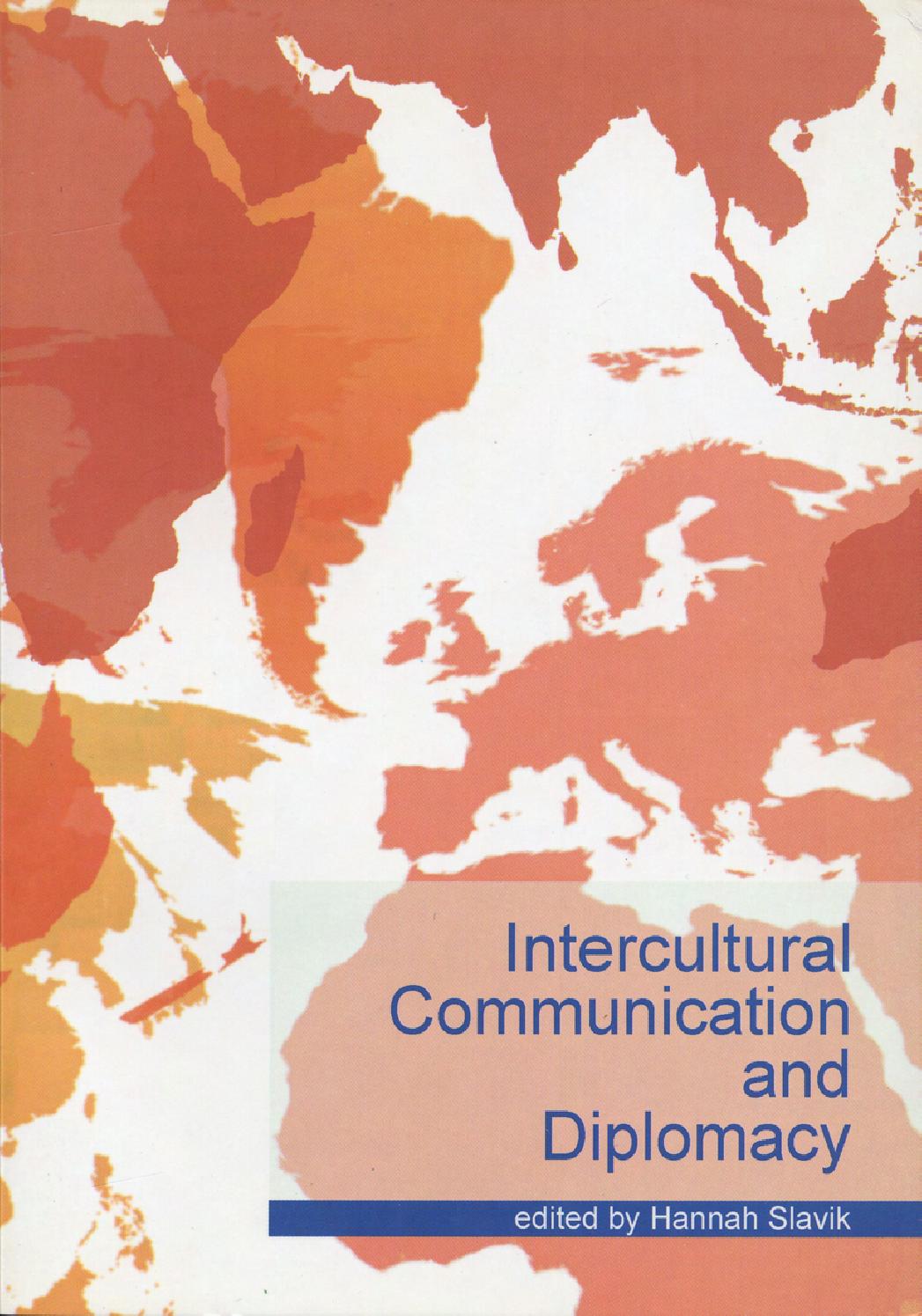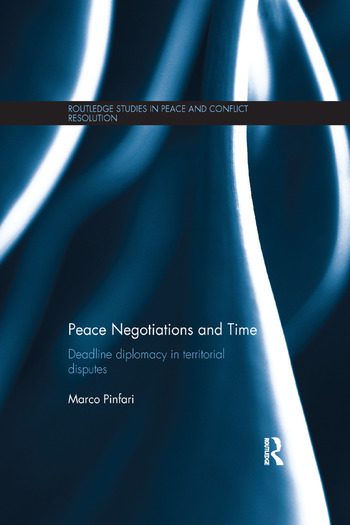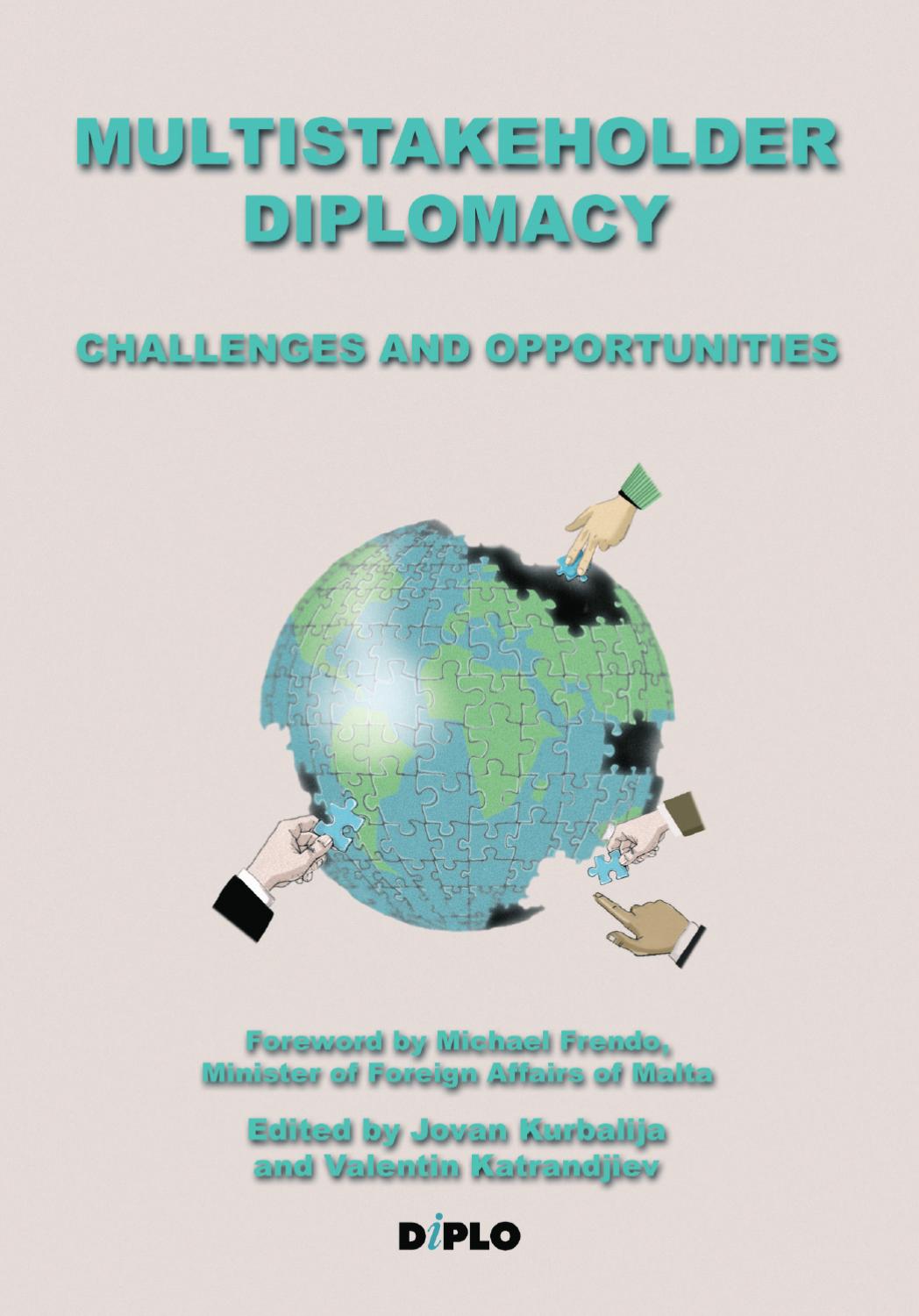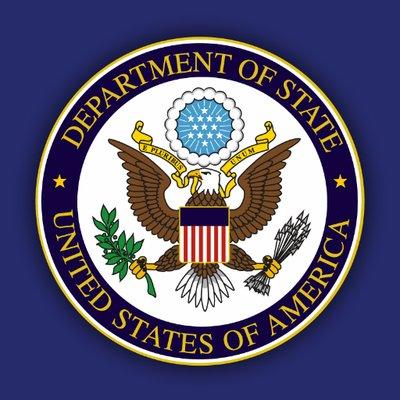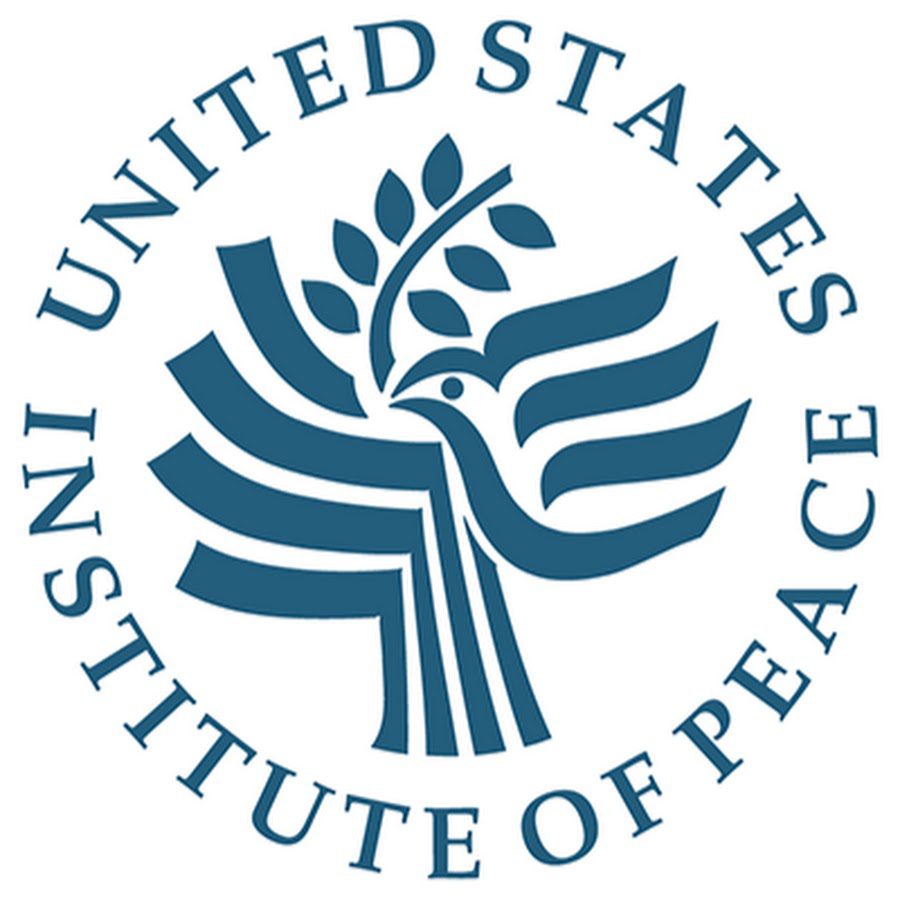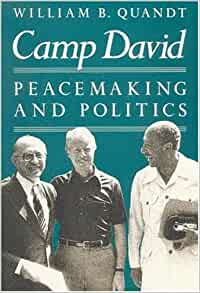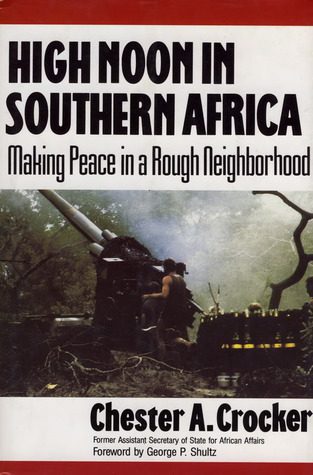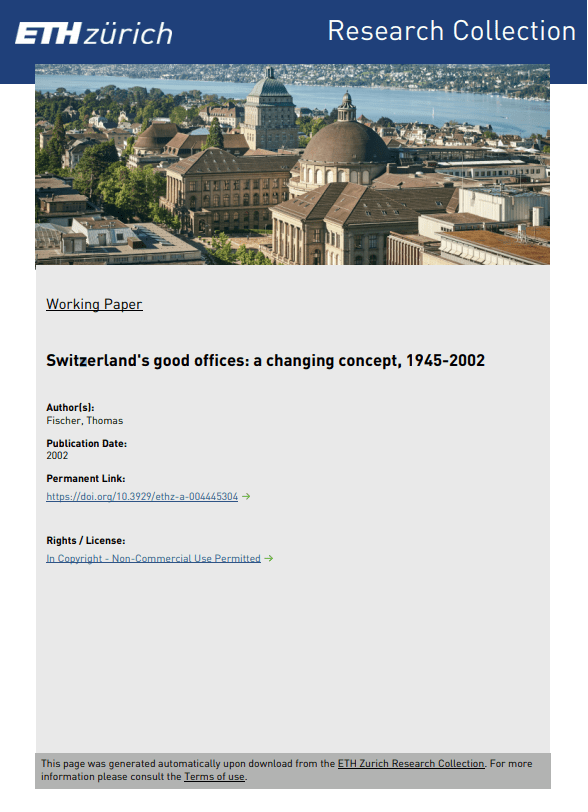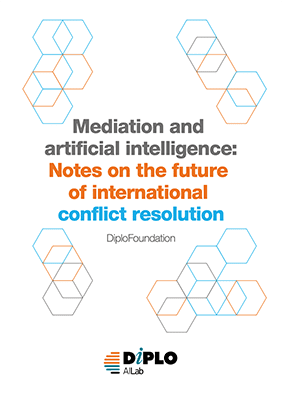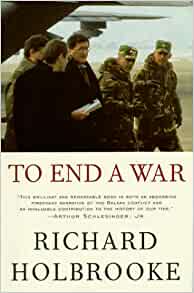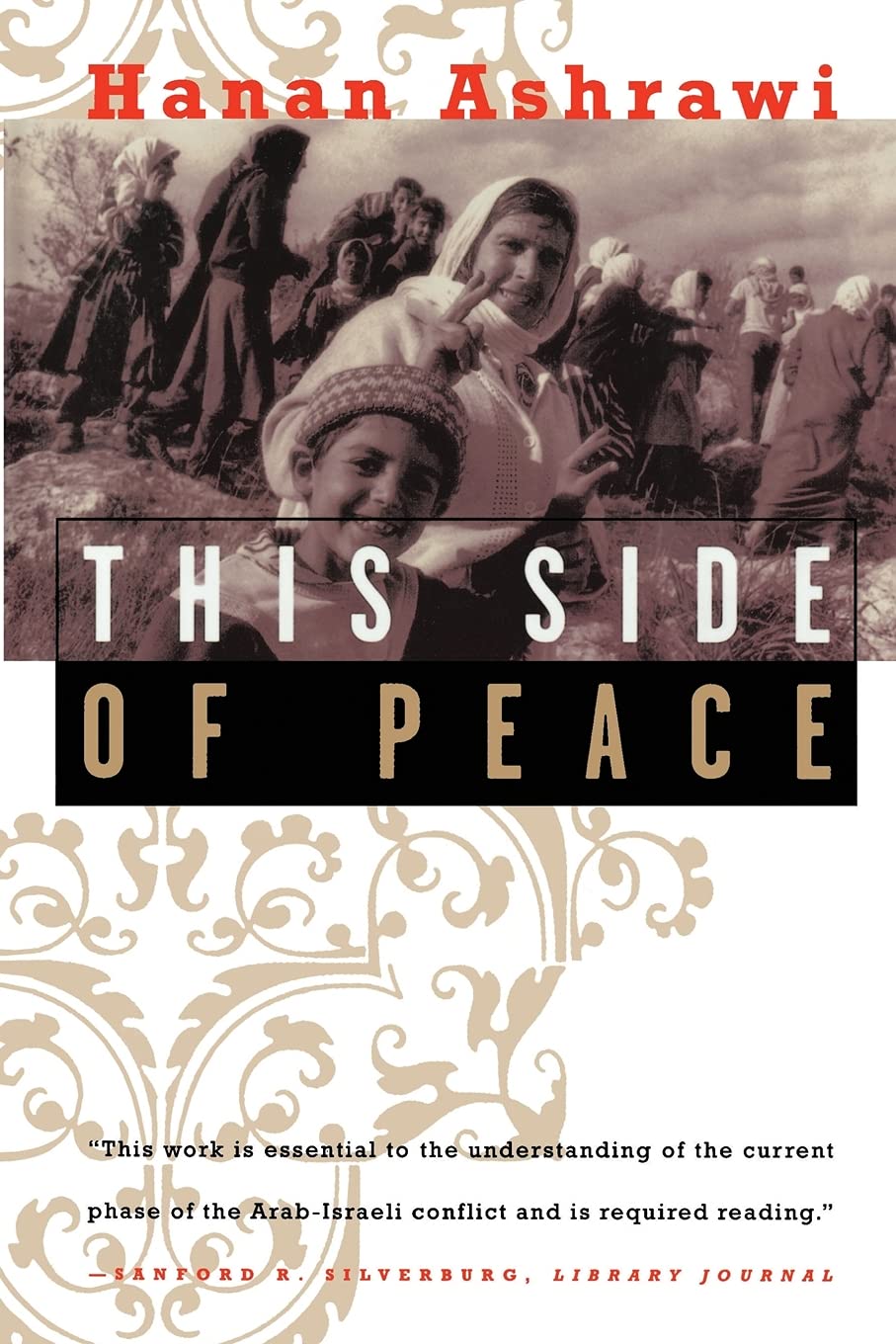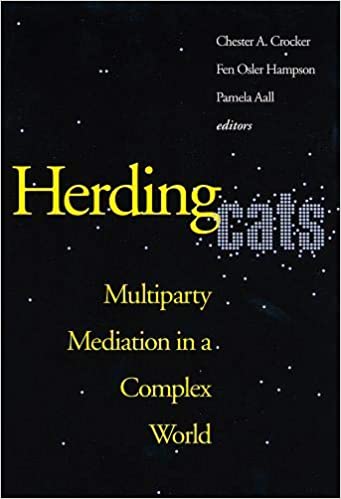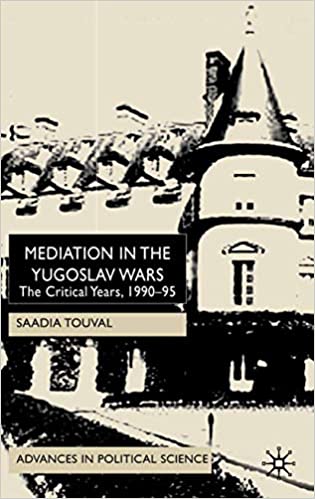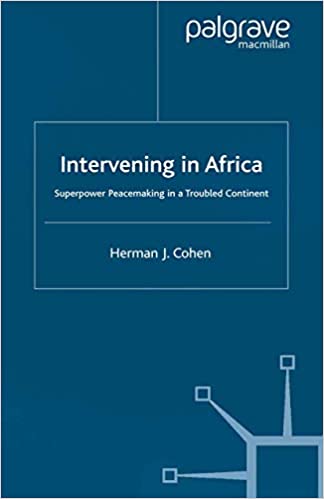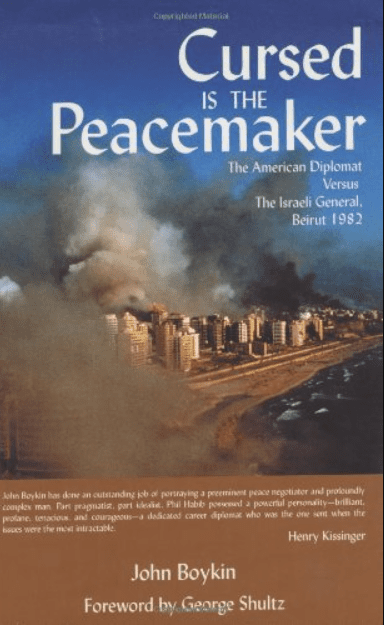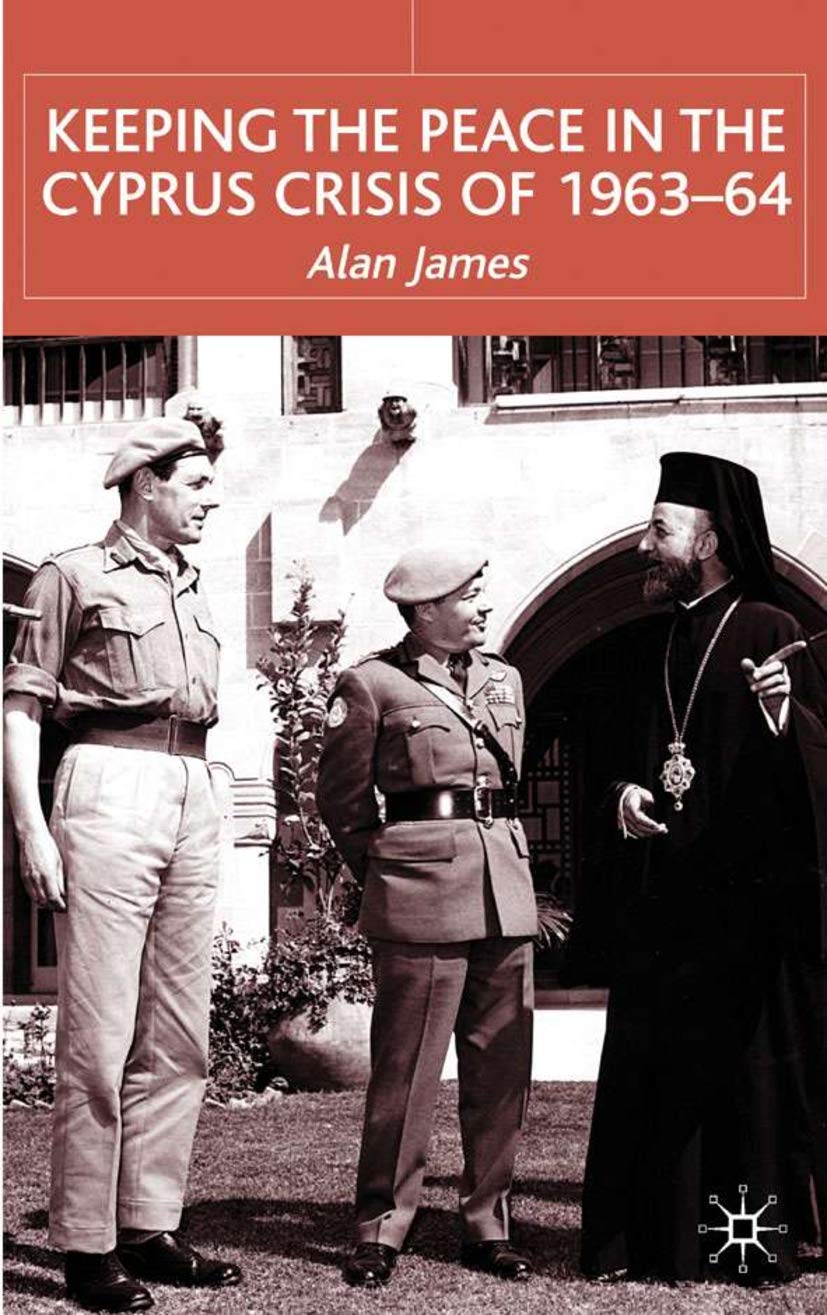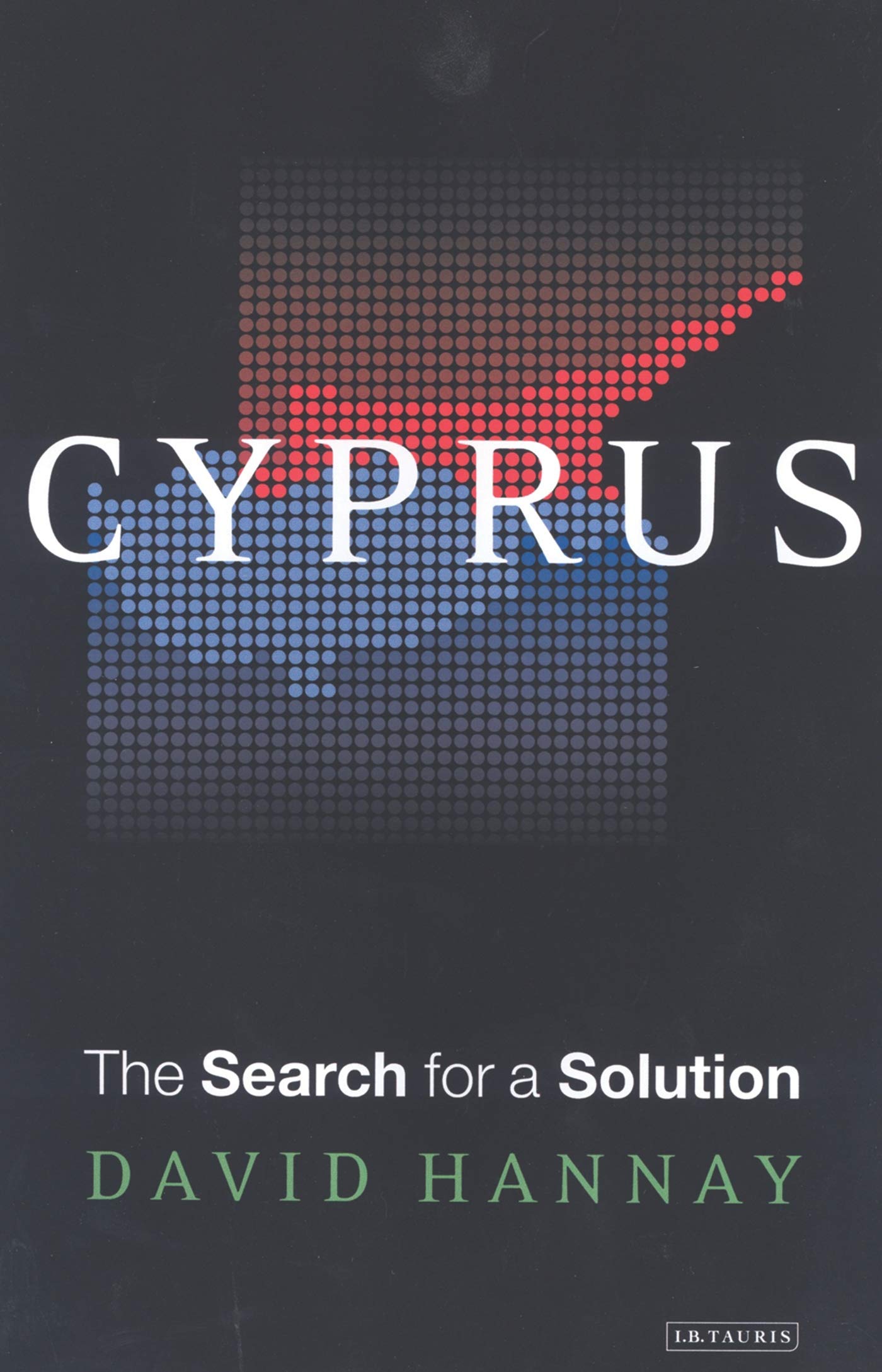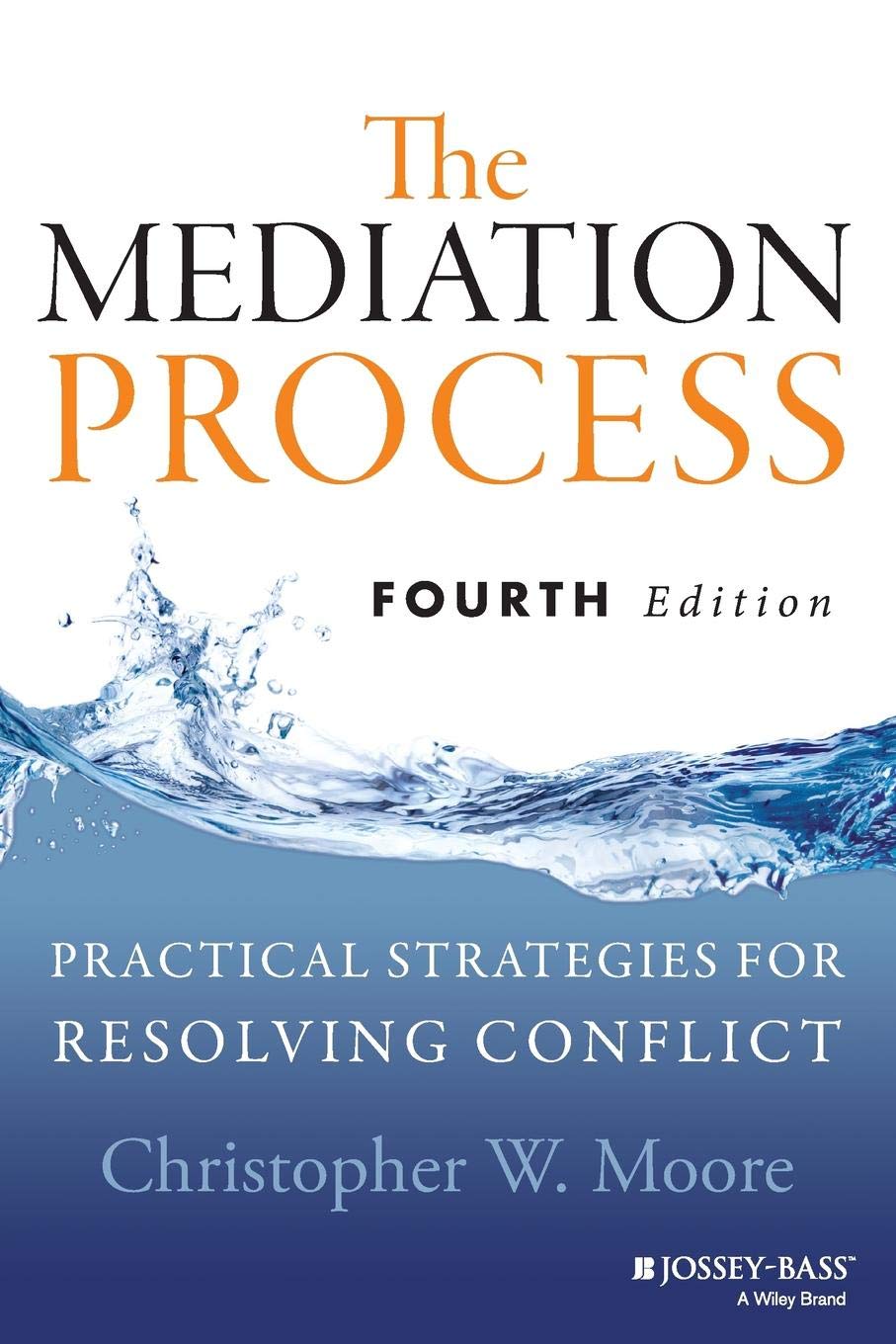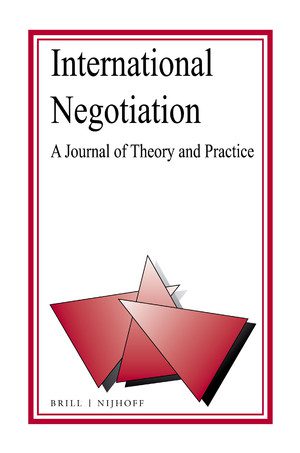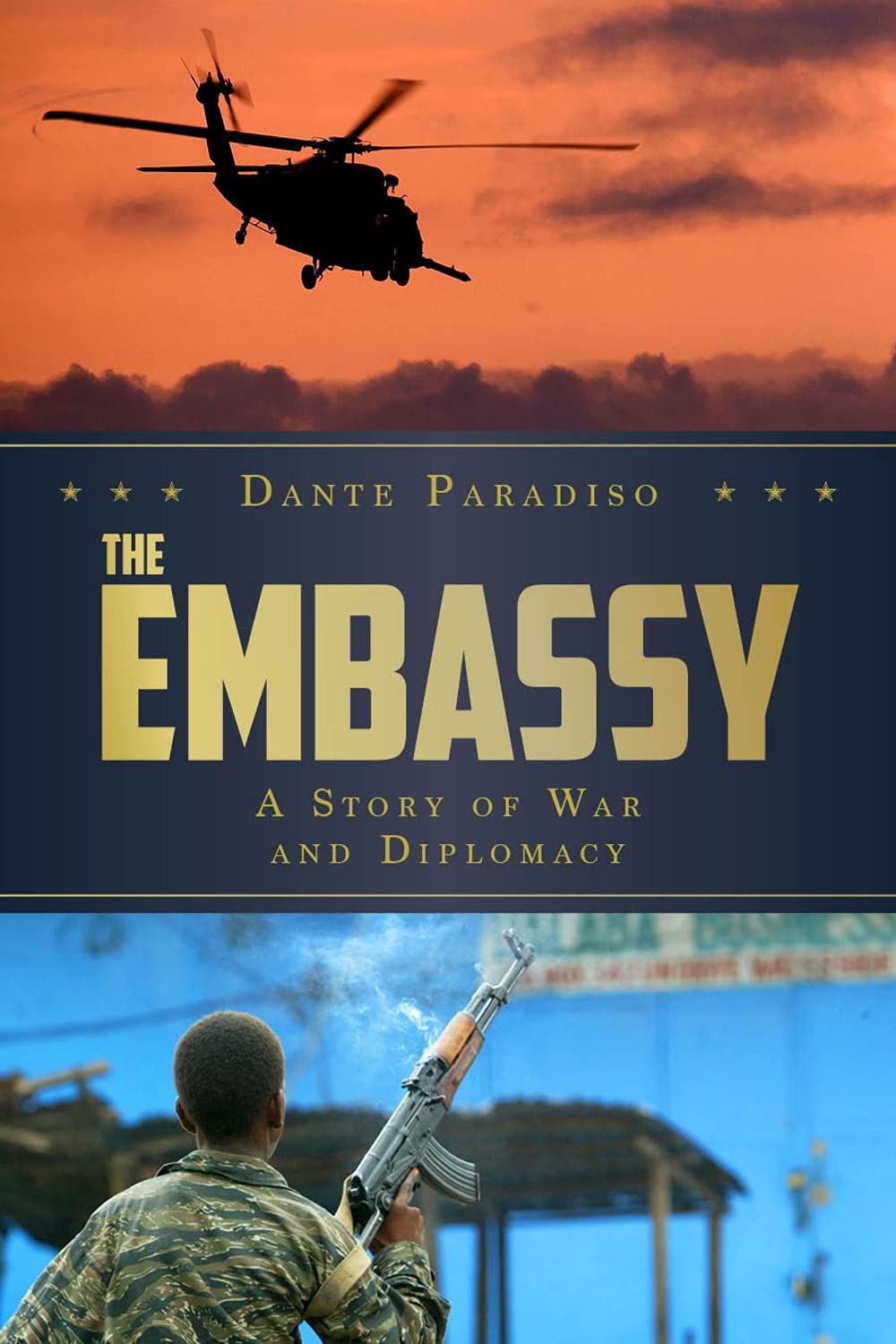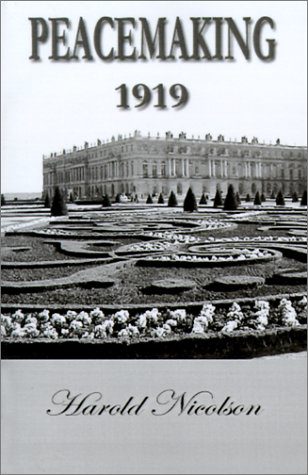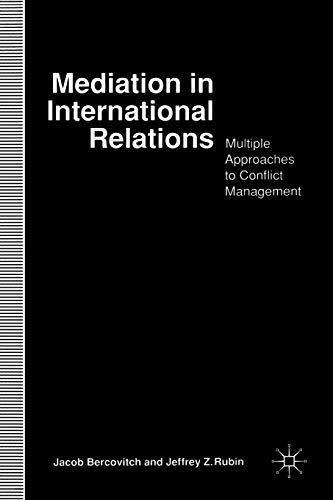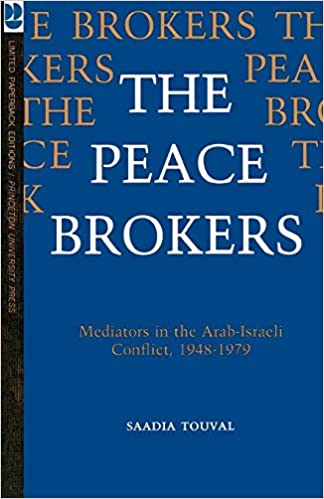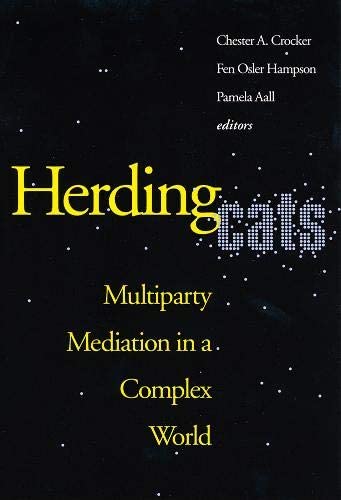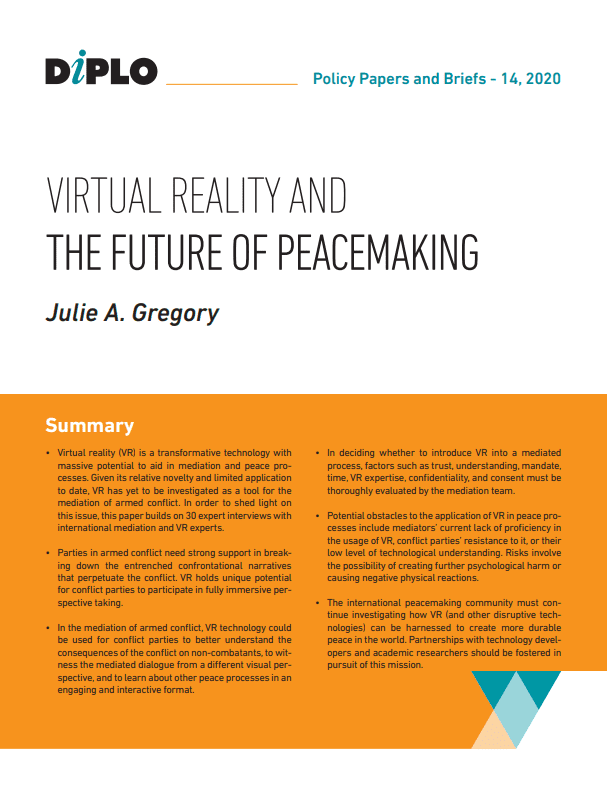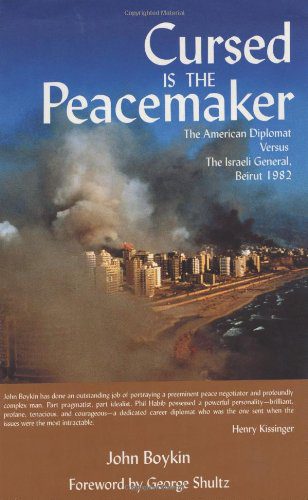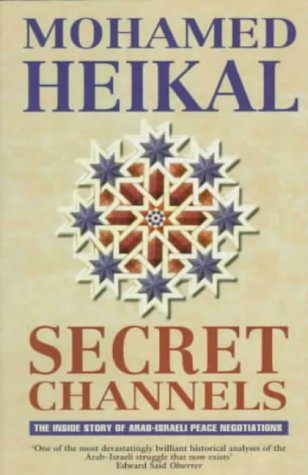Authors: Kostadin Grozev | Nadia Boyadjieva
Diplomacy, international intervention and post-War Reconstruction
2004
The end of the Second World War in 1945 produced a new geopolitical status quo and a corresponding new international order. The miseries and sufferings of millions of people during two world wars (in less than a quarter of a century) imposed a great challenge on the victorious allies – how to establish a long-enduring mechanism to guarantee international security and peace. 1Adam Roberts, “The United Nations: Variants of Collective Security,” in Explaining International Relations Since 1945, ed. Ngaire Woods (Oxford: Oxford University Press, 1996), 309-335. The United Nations Organisation, created in 1945 as an instrument to safeguard international security and peace, has not proved fully capable of fulfilling the main goals and objectives embodied in its charter. Its successes are evident in the fact that the Cold War faded away without leading to a Third World War. Its main failures derive from the historical trend that transformed the Second World War allies and victors into Cold War rivals soon after 1945. In this international environment, the permanent members of the Security Council were not capable of using the UN Charter and its tools for active conflict prevention and crisis management.
In the 1990s, with the end of the bi-polar world and the consequent rapid expansion in the number, scope and mandate of international conflicts, international intervention faced new problems. Ongoing problems include: the UN as an international organisation is often asked to address too many crises; member states are frequently reluctant to provide financial, material and human resources for the operations; inherent limitations exist within the complex multinational system of decision making and operational command; and difficulties arise while engaging in enforcement at a time when troops are widely dispersed in peace-keeping or humanitarian assistance roles around the world.
The evolving concept of international intervention (especially in the form of peace-keeping operations) underwent a significant transformation in the post-Cold War era. 2For a detailed analysis of the evolving terminology see Andrei Demurenko and Alexander Nikitin, “Basic Terminology and Concepts in International Peacekeeping Operations: An Analytical Review,” Low Intensity Conflict & Law Enforcement 6 (Summer 1997). This transformation was a direct product of the changing international security environment and thus presented a serious challenge to the UN, to NATO and to all international organisations and structures involved in the preservation of world peace. In the last decade, the international community has explored different approaches to intervention, making it an important element in the functioning of the overall international system.
Multi-Track Diplomacy and the Challenges of International Intervention in the Post-Cold War World Order – The Search for Peace in War-Torn Former Yugoslavia (up to the Dayton Accords of 1995)
It’s going well by definition. That is, we’ve succeeded in separating the three groups in their defined areas. That’s the most important thing, because if they don’t talk to each other, they don’t argue and insult each other. If they don’t do that, they don’t fight. If they don’t fight, there won’t be any bullets flying. So the peace is safe as long as we keep them in their own places, apart from one another.
From an interview with a UN/NATO officer (early 1996)
Multi-track diplomacy is an important theoretical issue within the realm of diplomatic techniques. 3A good starting point for the unfolding of that debate is the work of Louise Diamond and John McDonald, Multi-Track Diplomacy: A Systems Guide and Analysis (Grinnell, Iowa: Iowa Peace Institute, 1991). The academic debate over its vast potential received a new impetus in the concrete and pragmatic framework of the deep changes underway in Eastern Europe in the post-Cold War era. Searching for new national security guarantees in the 1990s, the countries of the former Soviet bloc followed separate, but quite similar paths in their goals to become integrated into NATO and the EU. Thus, they came to appreciate the newly acquired freedom in pursuing their national interests through different channels – including informal diplomacy. This trend coincided with the rising interests of non-Eastern European states to follow a similar line of inter-state communication that made possible the deployment of such diplomatic techniques.
Multi-track diplomacy aims to incorporate all levels of diplomacy in building a real and sustainable peace. For the authors of this paper, the peace-making process in Bosnia and Herzegovina is an appropriate case-study because at all levels the process referred both to government-negotiated settlements (as was the case with the Dayton Accords) and to unofficial steps taken by the conflicting parties (by academics or intermediaries working towards conflict resolution). It also referred to efforts undertaken by community groups or NGOs.
Using the approach of conflict resolution theory we will apply the multi-track diplomacy model to Bosnia. We will examine to what extent Track I diplomacy (Dayton Peace Accords) had an impact and how important the other levels of diplomacy (Track II and III) were in creating a “real and sustainable peace” in Bosnia. Another important element of our case study is the use of the tools of the conflict transformation approach as the most applicable theory in this area. Conflict transformation, in the current academic debate, involves not only a political settlement leading to conflict resolution but also a complete restructuring of the system which allowed the conflict to flourish. This is particularly necessary in cases of deep-rooted social conflicts like those between the Israelis and the Palestinians or in Bosnia.
The term “Track II diplomacy” was first used by Joseph Montville in 1990. It was then a serious endeavour and an academic departure because it sought to analyse the unofficial actions external to the government targeted at achieving peace. Traditionally, analysis focussed on the official framework, that is, on government-led negotiations leading to a settlement, henceforth known as Track I diplomacy. Montville, however, was struck by the human needs aspect of conflict and sought to understand the “psychological tasks necessary in successful peacemaking strategies.” 4Joseph Montville, Conflict and Peacemaking in Multiethnic Societies (Lexington, MA: Lexington Books, 1990), 535. He defined Track II diplomacy as the “unofficial, non-structured interaction between members of adversarial groups or nations that is directed toward conflict resolution by addressing psychological factors.” 5Ibid., 535
Developing the idea of multi-track diplomacy, John McDonald elaborated Track II diplomacy as a “non-governmental, informal and unofficial form of conflict resolution between citizen groups which is aimed at de-escalating conflict by reducing anger, fear and tension and by improving communication and mutual understanding.” 6Given the broadness of what he saw as Track II efforts, he categorised them into four separate sub-groups, giving rise to five tracks of Diplomacy and the term “Multi-track Diplomacy:” Track One: Official government-to-government diplomatic interaction; Track Two: Unofficial, non-governmental, analytical, policy-orientated, problem-solving efforts by skilled, educated, experienced, and informed private citizens interacting with other private citizens; Track Three: Businessman-to-businessman, private sector, free-enterprise, multinational and corporation interactions; Track Four: Citizen-to-citizen exchange programmes of all kinds, such as scientific, cultural, academic, educational, student, film, music, art, sports and youth exchanges; Track Five: Media-to-media based efforts designed to expose and educate large segments of the population in conflict to the philosophy, ideas, culture, and needs of the other national, social, or ethnic group with whom they are in conflict. See John W. McDonald, “Further Exploitation of Track Two Diplomacy in Timing the De-escalation of International Conflicts,” in Syracuse Studies on Peace and Conflict Resolution, ed. Louis Kriegsberg and Stuart Thornson (Syracuse, NY: Syracuse University Press: 1991), 201-220
For us, it is crucial to discover whether in Bosnia and Herzegovina some initial popular support existed for the Dayton Accords. The Dayton Accords were a settlement negotiated by the prime instigators of the conflict, often referred to as a “negative” peace settlement, an end to the war certainly but not necessarily a guarantee of the peace. Through the institutions of Dayton (five-sixths of the documentation concerned civilian aspects of the settlement), a peace was imposed “from above,” mainly by external actors. Thus, we must consider seriously whether any change in the mindset of the communities occurred; whether the communities held any real desire for an integrated, transformed society.
The potential for peace along these lines must not be underestimated: initiatives sponsored from the bottom-up, at grass-roots level with the participation of a wide variety of groups, not just peace activists, have a real chance of fostering an atmosphere of peace and reconciliation and the building of a sustainable peace. This optimistic outlook obviously takes into account how difficult it can be to nurture peace at this level, as can be seen in the case of Bosnia and Herzegovina.
However, by necessity, the full potential of international intervention aimed at achieving peace can be realised only when all three tracks are implemented simultaneously. This is the essence of multi-track diplomacy, namely, a real and lasting peace will be achieved only when there is a genuine desire for peace among the government, civic and private sectors. A mutual dependency between all three tracks, an “inter-relatedness,” interlinks them, even if unofficially. For example, it is clear that a secure environment will encourage business, trade and economic cooperation. Concurrently, the improvement in the economic ties between the conflicting communities will bring about the desire for peace among the population and the private sector.
Having presented briefly the theoretical debate on multi-track diplomacy, we will now try to apply this analysis to the Dayton Peace Accords. Our aim will be to analyse the implementation of the Accords and the nature of the peace process as carried out through these channels in order to define the scope and potential for international intervention in the peculiar environment and geopolitics of the post-Cold War period.
One of the major challenges to the international community and its capacity for such intervention came with the dissolution of the Socialist Federal Republic of Yugoslavia in the early 1990s. The ethnic tensions, the resurgence of old rivalries and the outbreak of violence at the time of democratisation in Eastern Europe was a severe test to the adaptability of international diplomacy to the new geopolitics of the period. In due course, many international institutions and structures had to dive into uncharted waters and to follow a course aimed at producing peace. In the case of Bosnia and Herzegovina, at least, a peace settlement was achieved at the end of 1995. However, it came at a very high price: after serious diplomatic and military setbacks and much bloodshed. The lessons for the international community regarding the potential for conflict resolution and the limitations to its intervention in an escalating crisis were harsh and not at all optimistic.
All international actors had their own successes and failures in that direction: the UN, the European Community, the OSCE and NATO. 7A vast literature exists concerning the war in Bosnia and Herzegovina (1992-1995) and the involvement of the international community in the search for a peaceful settlement. Closely related to the arguments presented in this paper are analyses by: Steven Burg and Paul Shoup, The War in Bosnia and Herzegovina: Ethnic Conflict and International Intervention (Armonk, NY: M.E. Sharpe, 1999); Ben Cohen and George Stamkowski (eds.), With No Peace to Keep: United Nations Peacekeeping and the War in the Former Yugoslavia (London: Grain Press, 1995); Misha Glenny, The Fall of Yugoslavia: The Third Balkan War (New York: Penguin Books, 1996); James Gow, Triumph of the Lack of Will (New York: Columbia University Press, 1997); Edgar O’Ballance, Civil War in Bosnia, 1992-1994 (New York: St. Martin’s Press, 1995); Laura Silber and Allan Little, The Death of Yugoslavia (London: Penguin Books/BBC Books, 1995); Richard Ullman (ed.), The World and Yugoslavia’s Wars (New York: Council of Foreign Relations, 1996); Susan Woodward, Balkan Tragedy (Washington, DC: The Brookings Institution, 1995)
Tracing, for example, very briefly NATO’s involvement in former Yugoslavia and especially in Bosnia and Herzegovina (up to the end of 1995), we should acknowledge that it was just one distinctive layer in a very complex and multi-layered, web-like involvement on the part of the international community. We can evaluate NATO’s engagement during those years mainly as supportive, complementing the peacekeeping efforts of the UN and the OSCE, and thus it was restricted mainly to providing military support and other related services. That role is analysed in detail by Steven Burg 8Burg and Shoup, The War in Bosnia and Herzegovina, Jane Boulden 9Jane Boulden, NATO and the United Nations During UNPROFOR, EAPC/NATO Fellowship 1999-2001, Final Report [website]; available at https://www.nato.int/acad/fellow/99-01/boulden.pdf, and Dick Leurdijk 10Dick Leurdijk, The United Nations and NATO in the Former Yugoslavia, 1991-1996, Limits to Diplomacy and Force (The Hague: Clingendael, 1996), as well by prominent personalities actively involved in the field such as Michael Rose 11Michael Rose, Fighting For Peace (London: Harvill Press, 1998), Carl Bildt 12Carl Bildt, Peace Journey. The Struggle for Peace in Bosnia (London: Weidenfeld and Nicolson, 1998), and David Owen 13David Owen, Balkan Odyssey (London: Indigo, 1997).
The multiple efforts by the international community to end the conflict in Bosnia-Herzegovina during 1994-1995 gave rise to the expanded use of several diplomatic tools that were either innovative or seldom used in normal circumstances. The Contact Group was the most prominent tool. It was designed to solve an old problem: how to separate the principal players and engage them in reaching an agreement before getting the rest of the participants to join in the solution. The creation of the Contact Group evolved from a series of ill-fated attempts by the international community to produce a peace plan acceptable to all warring parties as well as to all parties responsible for implementing the plan. First was the Vance-Owen proposal stemming from the September 1992 International Conference on Yugoslavia (ICFY). That plan gave way to the Owen-Stoltenberg (or Invincible) package in 1993, which had no more success.
Another tool, the special envoy for Bosnia, was an exceptional diplomatic technique used by the US in 1994. The envoy worked hard to achieve a Bosnia-Croat federation. At the same time, as proposed by the ICFY co-chairmen, the principal powers reached a comprehensive accord among themselves and then undertook to sell it to the warring factions. Out of the efforts of the envoy and the contact group came the “51% – 49% Map” to divide Bosnia’s territory between the Federation and the Bosnian Serbs, as well as a further series of well-publicised principles to end the war.
Still another approach was the appointment in March 1994 of the special military advisor to the US Secretary of State, as part of the new US approach to bring together the Bosnian Croats and Bosnian Muslims. The advisor was given the mandate to achieve a better working relationship between the military commands of Bosnian Croats and Muslims, which only weeks earlier had been killing each other.
Then came the “shuttle diplomacy,” another time-tested but infrequently employed diplomatic technique. It was brought forward, again by the US, with the renewal and intensification of fighting in the spring and summer of 1995. After a series of exploratory meetings in Europe, Assistant Secretary of State Richard Holbrooke began an exhausting schedule of meetings with the principal players and protagonists. He succeeded in isolating the most radical warring factions and brought to the negotiating table the most appropriate representatives. It was these representatives that first reached an accord for a ceasefire and then signed the peace agreement. From a military point of view, the results were fostered partially by battlefield victories by the Croat and Muslim side, along with battlefield fatigue. However, Holbrooke’s success was also due to skilful diplomacy, backed up with some classic diplomatic persuaders: lifting trade sanctions, providing economic aid, denying diplomatic recognition, and enforcing an arms embargo.
The talks held in Dayton, Ohio, in November 1995 were the key to achieving a peace settlement. Unlike similar mediated efforts (i.e., the Camp David negotiations), these talks included many parties (e.g., representatives of the Contact Group countries) brought together under the chairmanship of Holbrooke and the chief European negotiator, Carl Bildt.
In retrospect, it was obvious that gradually (over the summer of 1995) the international community accepted the idea of using greater force in Bosnia. That trend coincided with the change of attitudes in both Washington and Brussels. President Clinton appointed Holbrooke as the chief US negotiator, while in NATO headquarters emergency operational plans were prepared for stronger action. The mortar attack on Sarajevo on August 28, 1995, set the military machine in action. 14Burg and Shoup, The War in Bosnia-Herzegovina, 352. On August 30, 1995, NATO launched Operation Deliberate Force. 15Allied Forces Southern Europe, Operation Deliberate Force Fact Sheet [website]; available at https://www.afsouth.nato.int/FACTSHEETS/DeliberateForceFactSheet.htm. During that operation, NATO controlled the military aspects of the peace process while Holbrooke used the military arguments on the negotiation table. There were halts in the bombings to facilitate the dialogue and a renewal of the bombing campaign. Unlike in previous situations, the UN played a supportive role at that time, while NATO and the US dictated the pace of the campaign in view of the successes and failures on the diplomatic front.
Analysis of NATO’s escalating involvement in the international intervention in the conflict in Bosnia and Herzegovina (1992-1995) suggests that this intervention had significant implications for the evolving nature of the concept of peacekeeping within the framework of NATO. We should acknowledge the gradual, but logical and meaningful evolution in NATO’s peacekeeping engagements. Seeking to redefine itself in the post-Cold War period, NATO as a regional security organisation worked together with the UN at a time when the UN was overly optimistic about its ability to prevent conflicts and guarantee peace and international stability in greater cooperation with regional organisations.
Having no adequate military means for enforcing the mandate of its missions in former Yugoslavia, the UN had to rely on the military support of NATO, a fact most evident through the experience of UNPROFOR. Each of the significant stages in that process showed the potential for greater involvement and associated risks: the enforcement of the UN embargo, the military flights ban, the establishment of the safe-areas, the exclusion zone, the ultimatums and the hostage crises. During each stage, NATO’s position evolved according to the military situation on the ground, the outcome of the diplomatic initiatives and the overall interests of its member states. But the trend was obviously directed at an outcome requiring greater involvement and new approaches towards the peace-enforcement actions of the peace-keeping troops.
Many lessons were learned in due time; the least part of them derived from successes in the field. At the end of 1995 it became obvious that NATO, alongside the UN, the EU, the OSCE and all those involved had a lot to learn from the diplomatic and military setbacks of trying to intervene in a complex ethnic, religious and political conflict. As Jane Boulden convincingly argued, “by the time the parties to the Bosnian conflict signed a peace agreement in Dayton, NATO’s involvement with the UN had gone from virtually non-existent to having been the source of NATO’s first military action since its creation.”16Boulden, NATO, 10.
Implementation of the General Framework Agreement for Peace: Communication and Interaction between Actors in Bosnia and Herzegovina (1996-2003)
The Dayton Peace Accords of November 1995 made the deployment of UN peacekeepers with the support of NATO a crucial element in the restoration of peace in the area. 17Nadia Boyadjieva, “The United States and the Dissolution of Former Yugoslavia: The Case of Bosnia and Herzegovina,” in Essays in American Studies, Cross-Cultural Perspectives (Sofia: Polis, 2001), 185. The General Framework Agreement for Peace (GFAP) was signed in Paris on December 14, 1995, after it had been negotiated in Dayton, Ohio. 18History of the NATO-led Stabilisation Force (SFOR) in Bosnia and Herzegovina [website]; available at https://www.nato.int/sfor/docu/d981116a.htm. It represented a significant step towards peace in the region by achieving the primary goal of the international community: stopping the war which had already caused enormous human and material losses, displaced and left homeless nearly half of the population of the area and thus left huge scars in the flesh of a multiethnic, multi-confessional and multicultural society. 19General Framework Agreement for Peace in Bosnia and Herzegovina (Vienna: USIA Regional Program Office, 1995). The signatories (the Republic of Bosnia and Herzegovina, the Republic of Croatia and the Federal Republic of Yugoslavia) had a clear idea about the difficult and obviously long period ahead, during which the reconstruction of the country should lead to the establishment of the structures of a completely new kind of statehood in the region.
These complex tasks inevitably required effort, financial resources and the involvement of the world community. The implementation of the Accords brought about the creation of new and so-far untested institutions and tools with specific forms, means and methods of action. In the following months and years, the international actors in the field took the responsibility of restoring the peace and establishing a new social order in Bosnia and Herzegovina. Acting through a complex web of interlinked institutions, the representatives of the international community used the whole spectrum of their previous mandates, combining them with newly acquired functions to enforce order in a secure environment. When it was considered necessary, they even took over powers and prerogatives from local authorities in order to make the country a unified multiethnic and democratic actor in international relations (sometimes referred to as “one state, two entities and three state-formative peoples” 20Archive of the Ministry of Foreign Affairs of the Republic of Bulgaria (Sofia), “South Eastern Europe” section, Bosnia and Herzegovina Files, 1992-1999). The efforts of the various institutions and representatives of the international community were poorly coordinated in the beginning. In due course, however, the results became more encouraging with the unfolding of their activities in the field and the accomplishment of the first concrete tasks in restoring the peace.
Two of the most important aspects of the Accords were the extension of recognition by each signatory to all the other parties and the pledge to settle all disputes peacefully. The Dayton agreement extended the cease-fire in Bosnia indefinitely and established a zone of separation, which divided Bosnia between the Serbian Republika Srpska, on one side, and a Bosniak-Croat Federation on the other. The agreement established an inter-entity boundary line with 51% of the territory going to the Bosniak-Croat Federation and the other 49% going to the Bosnian Serb Republic 21Annex 2 22General Framework Agreement, 21-22. Despite this division, Bosnia was still to be considered one country, with collective executive authority.
The agreements also contained provisions for the entry into Bosnia of an international Implementation Force (IFOR) of peacekeepers under NATO command with a grant of authority from the UN 23Art.VI 24General Framework Agreement, 7-8. Their primary mission included monitoring compliance of the agreement on military matters such as disarmament and withdrawal of forces. IFOR was granted the right to use force as necessary and freedom of movement. Consequently, the GFAP acknowledged “that the conditions for the withdrawal of UNPROFOR … had been met,” except for those parts incorporated into IFOR 25Art.VII. The agreement also mandated internationally-supervised free and fair elections 26Annex 3and the right of refugees either to return home or to be compensated justly for property they could not regain. The agreement made provisions for the new constitution, the structure of the new government, and the structure of the central bank and the monetary system Annex 4. The agreement further established a High Representative of the UN to coordinate and facilitate the civilian aspect of the agreement, including humanitarian aid, economic reconstruction, protection of human rights and the holding of free elections 27Annex 10.
Based on UN Security Council Resolution 1031, NATO was given the mandate to implement the military aspects of the Peace Agreement. 28United Nations Security Council Resolution (UNSCR) 1031, 15 December 1995 [website]; available at https://www.nato.int/ifor/un/u951215a.htm#25. Thus, on December 16, NATO’s North Atlantic Council (NAC) launched the largest military operation ever undertaken by the Alliance: Operation Joint Endeavour. It was a NATO-led operation under the political direction and control of the NAC. The NATO-led multinational force (IFOR) started its mission on December 20, 1995. IFOR had a unified command structure with overall military authority in the hands of the Supreme Allied Commander Europe. In November 1996 IFOR Headquarters were transferred from Allied Forces Southern Europe to Allied Land Forces Central Europe 29NATO Handbook (Brussels: NATO Office of Press and Information, 2001), 114. Several countries contributed troops and resources to the operation.
From a theoretical viewpoint, all these developments constitute a crucial new element. They demonstrate the potential for communication and cooperation between both NATO and non-NATO states in a peace-enforcement operation; as well, between military and civilian institutions in an environment that was apt to produce outbreaks of violence at any moment. Thus IFOR became much more than a NATO operation, developing into a peace operation of the “willing” states interested in the stabilisation of the region and the democratisation of Bosnia and Herzegovina 30Larry Wentz (ed.), Lessons from Bosnia: The IFOR Experience [website]; available at https://www.dodccrp.org/publications/pdf/Wentz_Bosnia.pdf. Alongside NATO countries (Iceland contributed only medical personnel), troops for IFOR were contributed by Partners for Peace countries, including Albania, Austria, the Czech Republic, Estonia, Finland, Hungary, Latvia, Lithuania, Poland, Romania, Russia, Sweden and Ukraine as well as by other countries (Egypt, Jordan, Malaysia, and Morocco).
IFOR was given a one-year mandate. Its primary mission was to implement Annex 1A (Military Aspects) of the Peace Agreement. It accomplished its principal military tasks by bringing about and maintaining the cessation of hostilities; by separating the armed forces of the Bosniac-Croat entity (the Federation) and the Bosnian-Serb entity (the Republika Srpska) by mid-January 1996; by transferring areas between the two entities by mid-March; and, finally, by moving the parties’ forces and heavy weapons into approved sites, which was realised by the end of June. For the remainder of 1996 IFOR continued to patrol the 1400 km de-militarised Inter-Entity Boundary Line and regularly inspected over 800 sites containing heavy weapons and other equipment. In carrying out these tasks it opened 2500 km of roads (about 50% of the roads in the country), repaired or replaced over 60 bridges, and freed up Sarajevo airport and key railway lines. It also participated in de-mining activities and in the restoration of gas, electricity and water supplies 31NATO Handbook, 114-115.
Thanks to IFOR’s early success, a secure environment was established. Its very existence enabled the High Representative (nominated at the London Peace Implementation Conference of December 8-9, 1995) and other organisations to start implementing the civilian aspects of the peace agreement, and to create conditions in which the return to normal life could begin in Bosnia and Herzegovina.
Annex 1A, Article VI:3 of the GFAP provided IFOR with the right “to help create secure conditions for the conduct by others of other tasks associated with the peace settlement … to assist UNHCR and other international organizations in their humanitarian missions … to observe and prevent interference with the movement of civilian populations, refugees, and displaced persons, and to respond appropriately to deliberate violence to life and person.” 32General Framework Agreement, 7). It should be pointed out that this right was not an obligatory one and thus the civilian implementation was from the beginning hampered by IFOR’s relative reluctance to use this power. The lack of political will in the major world capitals due to fears of casualties among IFOR troops left the High Representative without tools and mechanisms for enforcing the peace. See “Is Dayton Failing? Policy Options and Perspectives Four Years After,” International Crisis Group Balkans Report 80 (28 October 1999), 107-108.
Within the limits of its mandate and available resources, IFOR provided substantial support to the High Representative and other organisations. One important element was the priority support given to the Organization for Security and Co-operation in Europe (OSCE) in preparing and conducting the September 1996 elections 33Guergana Velitchkova, NATO-OSCE Interaction in Peace-Keeping: Experience and Prospects in Southeast Europe, NATO/EAPC Research Fellowship 2000-2002, Final Report [website]; available at https://www.nato.int/acad/fellow/99-01/Velitchkova.pdf. After the peaceful conduct of these elections, IFOR successfully completed its mission of implementing the military annexes of the GFAP. However, it was clear that much remained to be accomplished on the civilian side and that the political environment would continue to be potentially unstable and insecure 34For an overview analysis of IFOR’s accomplishments and setbacks see Pauline Neville-Jones, “Dayton, IFOR and Alliance Relations in Bosnia,” Survival 30.4 (Winter 1996-1997), 45-65.
IFOR’s actions in 1996 showed both the potential for peace-enforcement in the post-Dayton Bosnian environment and the restrictions due to certain flaws in the mechanism of the early implementation of the agreements. Because of domestic political considerations linked with the upcoming November 1996 presidential elections in the US, President Clinton committed his country’s troops to IFOR for a one-year term only. As the US was the leader of IFOR, its clear-cut military mission was restricted to a much shorter time-period. A two or three year period would have been more likely to convince the former warring factions to seek a political solution on the road to civilian implementation of the Accords. In that short period IFOR had to be deployed, to separate the warring factions, to hold free elections, to establish the democratic mechanisms in society and, eventually, to withdraw. This put a strain on the key areas of civilian implementation, that is, on the transfer of authority in the Sarajevo area and on the first free elections. The different parties on the ground were in the position to simply retreat and wait until IFOR withdrew, and then to resume fighting, while the new international civilian bodies operating under miserable conditions were unable to establish themselves in such a short time. NATO’s commanders on the ground soon acknowledged that the civilian agencies were not capable of carrying out the complex logistical operations of holding the elections without energetic support from IFOR, which was provided on time and in the fashion required.
The deployment of US and other NATO forces into Bosnia and Herzegovina (first as IFOR and then as SFOR) had a large impact upon and changed in a substantial fashion the very concept of international intervention, especially regarding the new post-Cold War environment 35A good account of those issues is provided by Pascale Combelles Siegel, Target Bosnia: Integrating Information Activities in Peace Operations: NATO-Led Operations in Bosnia and Herzegovina December 1995-1997, NATO/EAPC Research Fellowship 1996-1998, Final Report [website]; available at https://www.nato.int/acad/fellow/96-98/combelle.pdf. The urgency of the operation and the expected withdrawal after one year made a strong civilian mandate a prerequisite to the success of the mission. However, the implementation in reality was obviously different. The High Representative (Carl Bildt) was entrusted with the overall civilian implementation (except for the first elections which were entrusted to the OSCE) but he was given few formal powers. While IFOR had 60 000 troops, the High Representative had to build from nothing an organisation capable of running the institutions of the civilian implementation. The successful and peaceful conduct of the September 1996 elections was considered by NATO’s political and military leaders as the completion of IFOR’s mandate. However, much remained to be done in terms of establishing stability and security in Bosnia and Herzegovina, which required further peace-enforcement and eventually transition to peace-building functions.
Here we can distinguish and analyse the similarities and differences between the role, functions and results of the IFOR and SFOR missions. The role of IFOR (Operation Joint Endeavor) was to implement the peace. The role of SFOR (Operation Joint Guardian/Operation Joint Forge) was to stabilise the peace. The difference between the tasks of IFOR and SFOR is reflected in their names. Under UN Security Council Resolution 1088 of December 12, 1996, SFOR was authorised to implement the military aspects of the Peace Agreement as the legal successor to IFOR 36UNSCR 1088, 12 December 1996 [website]; available at https://www.nato.int/ifor/un/u961212b.htm. Like IFOR, SFOR operated under Chapter VII of the UN Charter (peace enforcement). SFOR had the same rules of engagement for the use of force, should it be necessary to accomplish its mission and to protect itself.
The transition from peace-keeping to peace-enforcement and later to peace-building is quite obvious in the activities and accomplishments of SFOR. Unlike IFOR, which had peace-enforcement tasks in the implementation of the military aspects of the GFAP, the primary mission of SFOR was to contribute to the safe and secure environment necessary for the consolidation of peace. Its tasks were to deter or prevent a resumption of hostilities or new threats to peace, to promote a climate in which the peace process could continue to move forward and to provide selective support to civilian organisations within its capabilities 37NATO Handbook, 116. Therefore, the main objective of SFOR consisted of practical work on difficult issues such as devising a new defence policy for Bosnia and Herzegovina and establishing, training and finding financial provisions for the new, unified army of the country. The difficulties derived from the fact that SFOR had to overcome the resistance of the two entities, each of which was trying hard to preserve its own armed units, at a time when Bosnia and Herzegovina had no unified army and no Ministry of Defence (while the armed units of each entity were under the control of each entity’s defence agency) 38Archive of the Ministry of Foreign Affairs of the Republic of Bulgaria (Sofia), “South Eastern Europe” section, Bosnia and Herzegovina Files, 1992-1999.
Initially, SFOR consisted of around 32 000 troops – about half the size of IFOR. Thereafter, significant force reductions were made and from 1997/1998 both the US and other NATO and non-NATO troop contributors accepted the responsibility of an open-ended military commitment in Bosnia and Herzegovina by talking not of “end-date” but instead of “end-state.” Subsequent talks by SFOR commanders with the High Representative to set out target time-lines for the events leading to an “end-state” were inconclusive. Following several restructurings, SFOR was reduced to the level of about 12 000 troops in early 2003.
Building on general compliance with the terms of the GFAP, the smaller SFOR was able to concentrate on the implementation of all the provisions of Annex 1A. SFOR had a unified command and was NATO-led under the political direction and control of the Alliance’s NAC, as outlined in Annex 1A of the Peace Agreement. Overall military authority was put in the hands of NATO’s Supreme Allied Commander Europe. From February 19, 2001 onwards Allied Forces Southern Europe became Joint Force Commander for SFOR.
SFOR was a multi-national peace operation, including the participation of troops from non-NATO members. 39Among SFOR’s troops were units from Albania, Austria, Argentina, Bulgaria, Estonia, Finland, Ireland, Latvia, Lithuania, Morocco, Romania, Russia, Slovakia, Slovenia and Sweden. By special arrangement with the United Kingdom, SFOR also included troops from Australia and New Zealand)
. As with IFOR, non-NATO forces were incorporated into the SFOR operations on the same basis as NATO forces, taking orders from the SFOR Commander via their respective multinational Brigade Headquarters 40Wentz, Lessons from Bosnia. As a result, all the participating forces from Partnership for Peace countries gained practical experience of operating with NATO forces. It became obvious that NATO and non-NATO countries could work closely together in NATO-led peacekeeping and peace-enforcement operations, thus contributing to the enhancement of international security.
In implementing this approach NATO closely monitored the results of SFOR actions in the field. Every six months the NAC reviewed SFOR force levels and tasks in close consultation with non-NATO contributing countries, SFOR and SHAPE. Based on those reviews, NATO took decisions on the future force requirements and on the mission accomplishment. Thus, on October 25, 1999, the NAC decided, having taken into account the improved security situation in Bosnia and Herzegovina, to revise the structure of SFOR between November 1999 and April 2000. 41Jesus Campuzano, “Restructuring but Remaining Robust,” SFOR Informer Online, #74 [website]; available at https://www.nato.int/sfor/sfor-at-work/robust/t991117g.htm. This restructuring led to a troop level of about 12 000 at the very beginning of 2003.
An important element of the IFOR/SFOR experience was the participation of Russia in both cases. The presence of Russian troops showed in a convincing fashion that NATO and Russia could work together successfully in the field of peacekeeping. After the initial skirmishes during the Bosnian conflict (1992-1995), the implementation of the Dayton Accords was a major step in the evolving NATO-Russia cooperative relationship. Russian forces were deployed within IFOR in January 1996 through a special arrangement between NATO and Russia 42Wentz, Lessons from Bosnia. In the zone of operations, the Russian Separate Airborne Brigade (RSAB) came under the tactical control of the US-led Multinational Division (North). The Russian contingent was directly subordinate to Colonel General Leontii Shevtsov, as General Joulwan’s Russian deputy. Later Russian forces became part of SFOR as well.
Thus IFOR and SFOR became instrumental in promoting something quite unique in international peacekeeping: the deep, daily cooperation between security institutions. Unlike previous operations, for example the Persian Gulf War, military and civilian roles and responsibilities in Bosnia and Herzegovina were clearly intermingled. It was no longer possible for the military to win the battle and leave the civilians afterwards to deal with the results and to secure the peace. The final success of the operation was to be judged by the state of the economy of the host country, by the stability of its political system and the self-sustainability of the emerging civil society.
Thus came new levels of cooperation between civilian agencies and the military. Moving towards effective peace-building, NATO, through SFOR, underlined the importance of the civilian aspects of the Peace Agreement. With fewer forces at its disposal, SFOR prioritised its efforts and carefully selected where they would be applied. The effectiveness of the operations depended on how well SFOR and the other organisations involved continued to plan together and identify objectives to ensure that SFOR support was applied where and when it was most needed and effective.
In Bosnia and Herzegovina after 1995, a variety of inter-governmental and non-governmental bodies were working closely with the NATO-led forces at all levels, on a daily basis, to achieve the common goals. NATO provided the secure environment the organisations needed to do their work. The UN provided legitimacy to the oversight and overall coordination of the High Representative. The OSCE helped to train police officers and to run elections. The EU provided financial and technical assistance.
Among the institutions and organisations implementing the civilian aspects of the Peace Agreement were the Office of the High Representative (OHR) which was an overall coordinator of those efforts, the now-disbanded UN International Police Task Force (UNIPTF), the European Union Police Mission (EUPM), the UN High Commissioner for Refugees (UNHCR), the Organization for Security and Co-operation in Europe (OSCE) and the International Criminal Tribunal for the former Yugoslavia (ICTY). Many other inter-governmental and non-governmental organisations also played important roles.
Summarising the concrete work carried out by SFOR in implementing the civilian aspects of the GFAP, we should mention several positive outcomes. Under the direction of the NAC, SFOR was instrumental in providing a secure environment for the national elections in October 1998, the municipal elections in 1997 and April 2000, the special elections in Republika Srpska in 1997 and the general elections in November 2000. The prime responsibility for those elections rested with the OSCE, but SFOR provided support to the OSCE in their preparation and conduct. SFOR helped the OSCE in its role of assisting the Parties in the implementation of the Confidence-and-Security-Building Agreement and the Sub-Regional Arms Control Agreement – mainly working for the overall reduction of heavy weaponry in the area 43See the main documents and activities in that field on the OSCE website: Confidence and Security Building Measures; available at https://www.oscebih.org. SFOR also supported the UNHCR in supervising the return of refugees and displaced persons. SFOR facilitated the establishment of procedures for securing these returns, for example, ensuring that no weapons other than those of SFOR itself were brought back into the zone of separation. SFOR aimed at preventing any conflict with regard to the return of refugees and displaced persons. SFOR worked closely with the UNIPT in promoting local law and order as a prerequisite to lasting peace.
Another important moment in SFOR activities was the implementation of the Brcko Arbitration Agreement of March 5, 1999. SFOR provided a secure environment in the Brcko area and helped the Brcko Supervisor, the UNIPTF, UNHCR and other involved agencies in the implementation of their missions. SFOR oversaw the complete de-militarisation of the Brcko District. Its success in establishing a secure environment was manifested in the official launching of the Brcko District on March 8, 2000.
Conclusions
The Bosnian experience has fundamentally transformed modern peacekeeping. It has broken down cultural barriers between military and civilians. It has fostered new training and education programs that bring together all parties involved in rebuilding a failed state. It has been a model for an entirely new peacekeeping partnership where it matters: on the ground. NATO Handbook (2001)
The end of the Cold War posed a great challenge to the international community in terms of crisis management: how to cope with a new environment where conflicts no longer took place only between states, but more often within states, among local war-minded factions and groups. During the previous decades, the support of superpowers had acted as a restraint at the local, regional level. In the 1990s however, a vacuum of authority was created that was soon filled by local war leaders. The outbreak of numerous intra-state conflicts called for international intervention. In such a security environment, it was necessary to strengthen the capacities and options for peace support operations because military force alone could not accomplish the job of prevention and conflict resolution.
Thus during the 1990s regional security organisations demonstrated increasing interest in international intervention in crisis management through their participation in peacekeeping operations. Previously, such operations were regarded exclusively as the domain of the UN, but the post-Cold War security environment demanded more vivid and effective mechanisms of conflict resolution and conflict prevention than the traditional ones. That presumption applied to the UN, the EU, NATO and other regional and collective security structures and agencies.
The Yugoslav crisis of the 1990s provided a demonstration of the emerging new doctrine of international intervention. In Bosnia and Herzegovina (later in Kosovo as well) the UN lost credibility and, because the threats to civilians as targets of warring factions increased, NATO and its member-states decided to intervene on behalf of the international community in order to halt repressions. NATO’s motivation for playing the role of a peacemaker and eventually of a policeman derived from its institutional interest in displaying itself as the principal guardian of European stability, security and regional peace. Those principles were explicitly verbalised in the New Strategic Concept of NATO.
Certain doctrinal differences between the UN and NATO concerning the conduct of international intervention derived from doctrinal polarisation and from the lack of an effective means of communication between the international actors. The main role of the UN in the early 1990s was the traditional approach that included maintaining neutrality and using force only in self-defence. Occasionally it was not capable of containing the conflicting parties which violated UN Security Council resolutions. At the same time, the UN embarked on the road of redefining the nature of peace-keeping operations and elaborated their new place in the international security system. In this respect, NATO’s approach was more flexible and proactive in regard to using force for both deterrence and coercion as an element of a successful intervention strategy. Thus, it emphasised the use of force in cases that would undermine the viability of intervention in operations that endangered its personnel, halted atrocities and limited pending disasters.
The analysis of the peace operations in Bosnia and Herzegovina presented in this paper shows that the new international security environment with its transnational threats required international cooperation, role-sharing and operational cohabitation. It also shows the potential for communication between the different actors in the field. The missions in Bosnia and Herzegovina (as well as those in Kosovo after 1999) were the largest international operations in the history of the UN and, at the same time, the first full-scale operations in NATO’s history. Their significance originated from the fact that they fostered changes in the traditional concept of international intervention in Europe as well as impacting specific elements and wording of the UN and NATO doctrines. Responding to the Yugoslav conflict, the peace operations in both countries became a part of the international involvement in the area. Thus the world observed the first interaction between NATO and the UN. As a first experiment in institutional cooperation, those efforts had successes, setbacks and difficulties.
More than eight years after the signing of the Dayton Accords we can state as a general conclusion that diplomatic means of communication prevailed over military pressure, thus demonstrating the adequateness of the peace implementation mechanisms embodied in the agreements. In the second half of the 1990s, grounds were established for the post-war reconstruction of the political and social order in the conflict-torn country. The results accomplished to date are not yet satisfactory compared to the high expectations and international standards. Several obstacles remain to complete and peaceful reconstruction, due to the legacy of ethnic, political and social confrontation between the different ethnic communities and the ruined notion of statehood with its basic state institutions. Thus, a major and self-evident conclusion is the fact that in the near and foreseeable future the process of democratisation in Bosnia and Herzegovina will depend on the strong and pragmatic presence of the international community, including, at times, the use of open pressure.
It is important to reassess the very mechanism of functioning of the international community and its efforts for post-war reconstruction. More concretely, that includes the issues of mutual cooperation, elaboration of existing structures and vision and perspective for the future. The lack of unified institutional leadership and coordination is widely acknowledged, especially in view of the duplication of activities and overlapping of responsibilities. The only positive example in this respect were the activities of the Return and Reconstruction Task Force which has been singled out as providing an example of good coordination and unified command authority.
One possible means for improving the work on the ground and for achieving better coordination is a restructuring of the efforts of the international community by merging the offices of the various international institutions in Bosnia. One idea is the appointment of a future High Representative of the United Nations who will be responsible for overall peace-implementation. Hesitation to restructure the international community efforts stems mainly from the fear that such a process will result in institutions which are more bureaucratic and less flexible than they are currently.
